| First published 10/30/2018; last updated 7/5/2020. |
 |
Don QuixoteMiguel de Cervantes
|
|
First Publication: 1605 (Part 1), 1615 (Part 2) Category: novel/satire/social commentary Sales: 500 million |
Accolades: 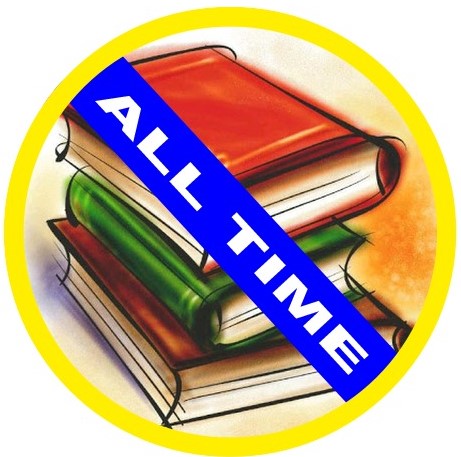



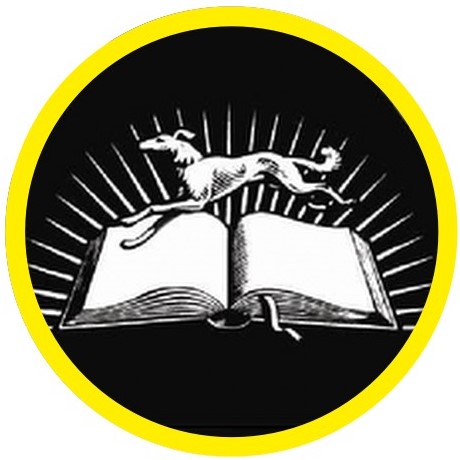
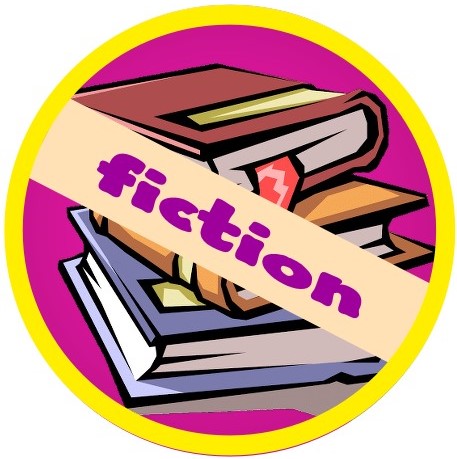
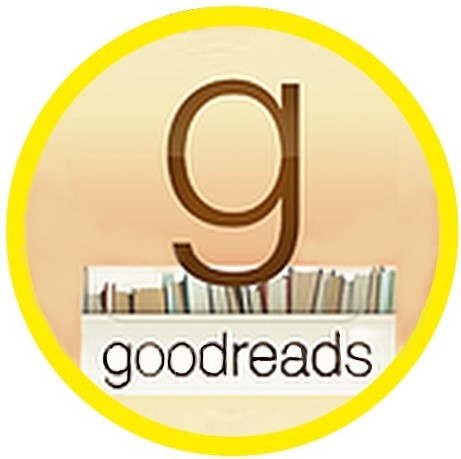
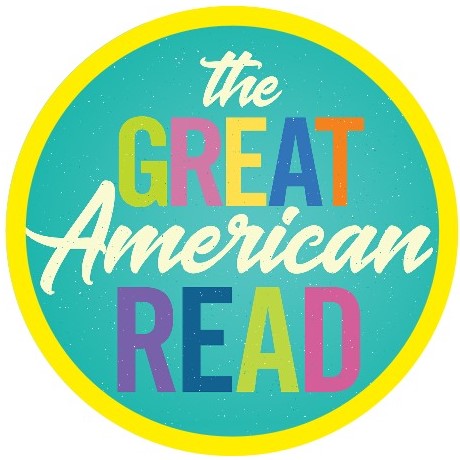

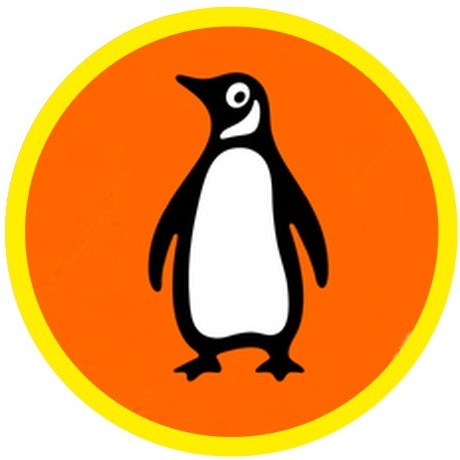
|
|
About the Book: “Neither wholly tragedy nor wholly comedy,” LN Don Quixote has been called the first modern novel. LN It has been translated into English some 20 times” AZ since it first “appeared in two parts in 1605 and 1615.” AZ The book offers “a panoramic view of the 17th-century Spanish society” LN and “has been seen as a veiled attack on the Catholic Church or on the contemporary Spanish politics, or symbolizing the duality of the Spanish character.” LN It was “originally conceived as a comic satire against the chivalric romances. However, Cervantes did not destroy the chivalric ideal of the romances he rejected – he transfigured it.” LN “Central characters are the elderly, idealistic knight, who sets out on his old horse Rosinante to seek adventure, and the materialistic squire Sancho Panza, who accompanies his master from failure to another. Their relationship, although they argue most fiercely, is ultimately founded upon mutual respect. In the debates they gradually take on some of each other's attributes.” LN “During his travels, Don Quixote’s overexcited imagination blinds him to reality: he thinks windmills to be giants, flocks of sheep to be armies, and galley-slaves to be oppressed gentlemen. Sancho is named governor of the isle of Barataria, a mock title, and Don Quixote is bested in a duel with the Knight of the White Moon, in reality a student of his acquaintance in disguise. Don Quixote is passionately devoted to his own imaginative creation, the beautiful Dulcinea…The hero returns to La Mancha, and only at his deathbed Don Quixote confesses the folly of his past adventures.” LN Check out a 2017 movie version here:
Resources and Related Links:
|
 |
In July 2018, I became the organizer of the Classic Novels Book Club. Check out the Book Club tab here or Meetup for more information. This is our September/October 2018 book. |
Questions About Don Quixote:
Sources for Questions: |












No comments:
Post a Comment